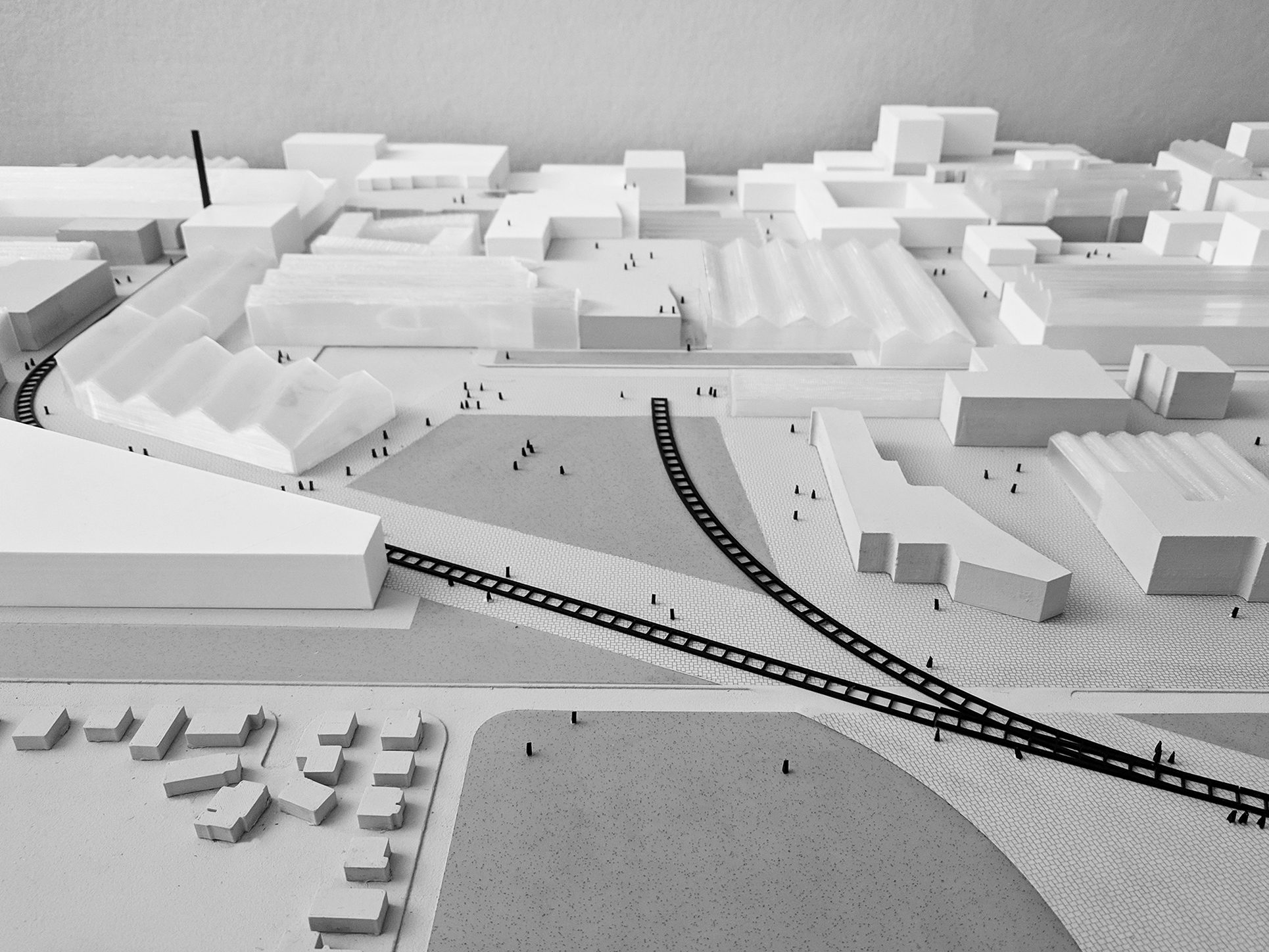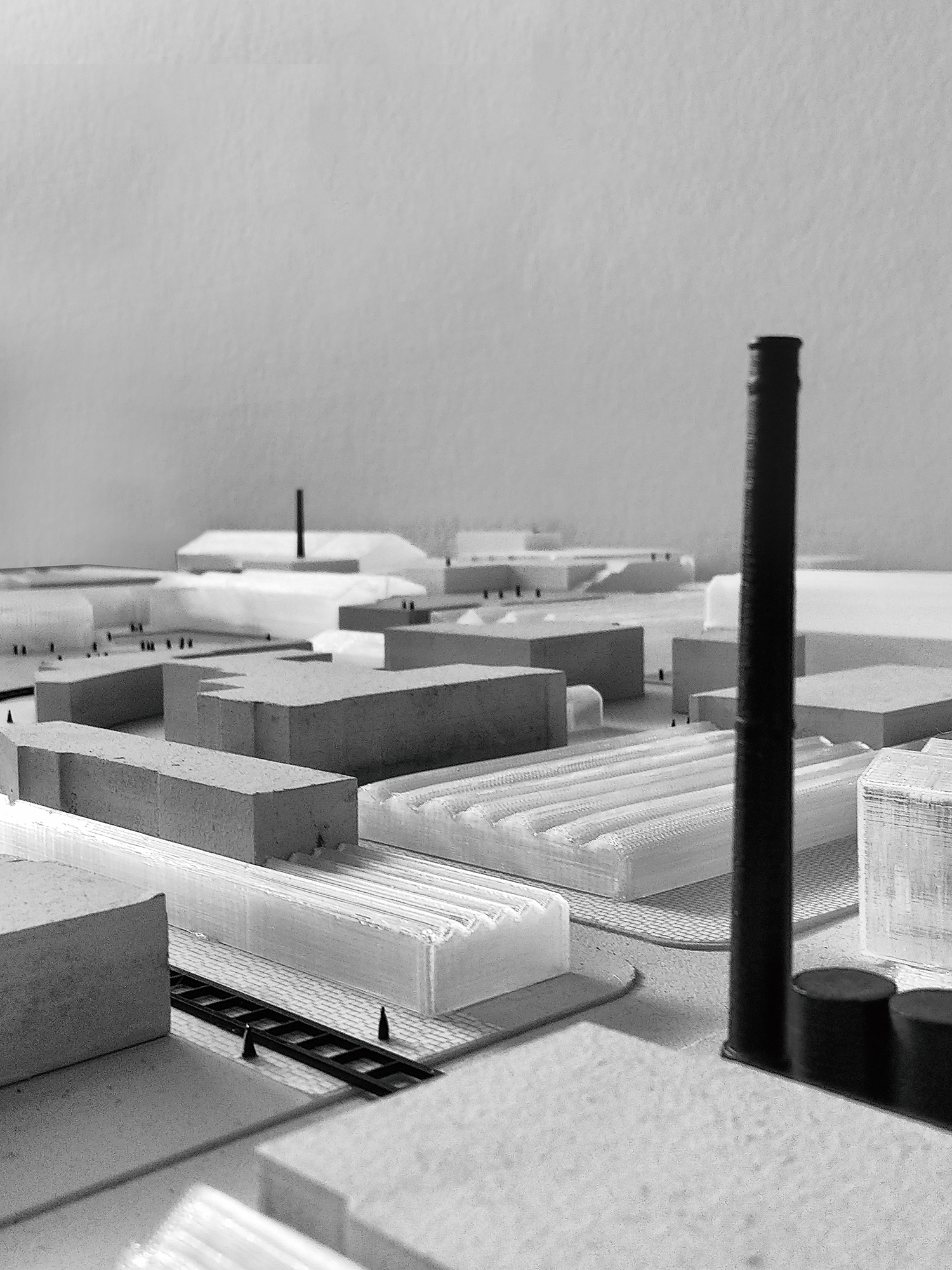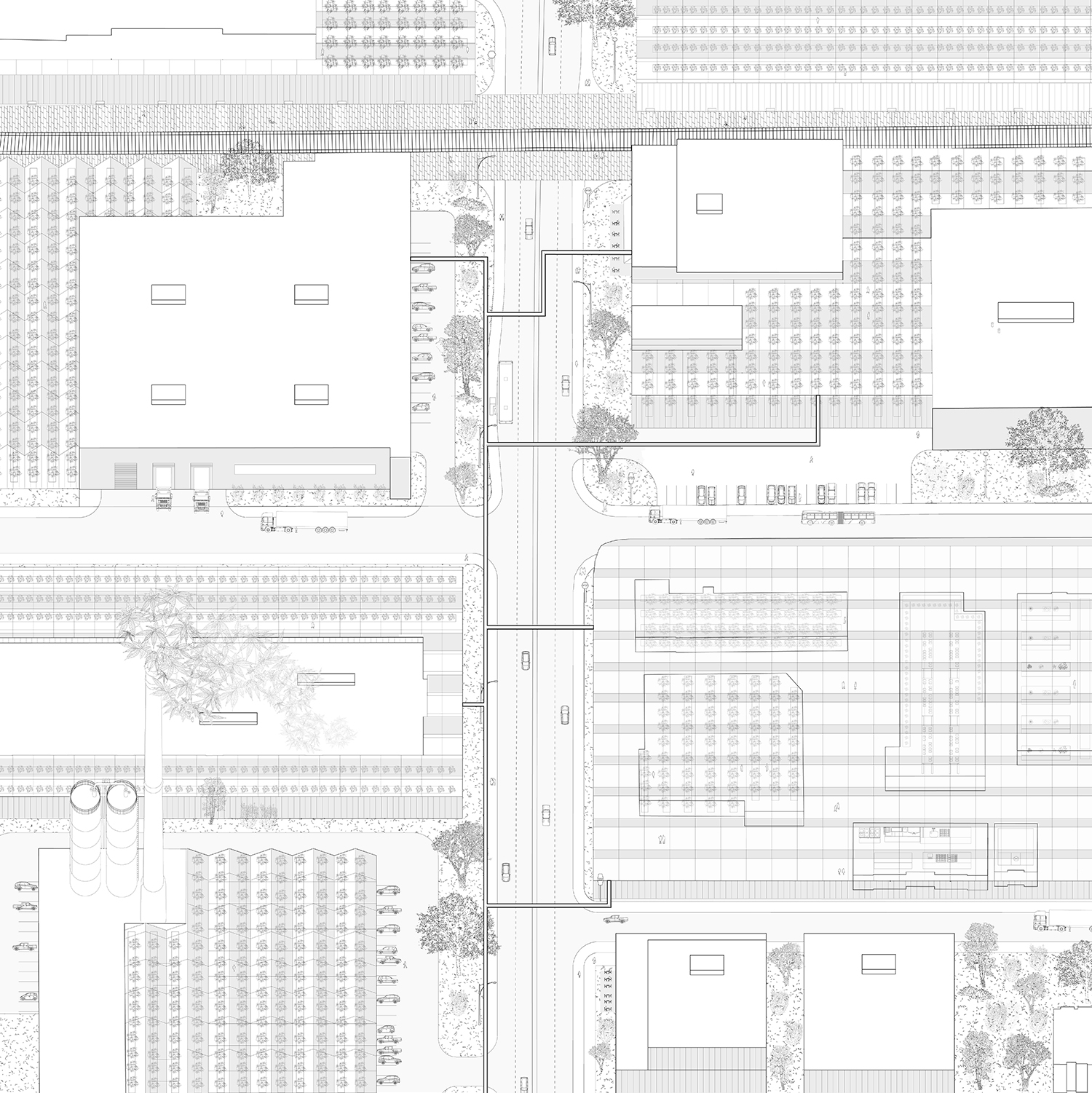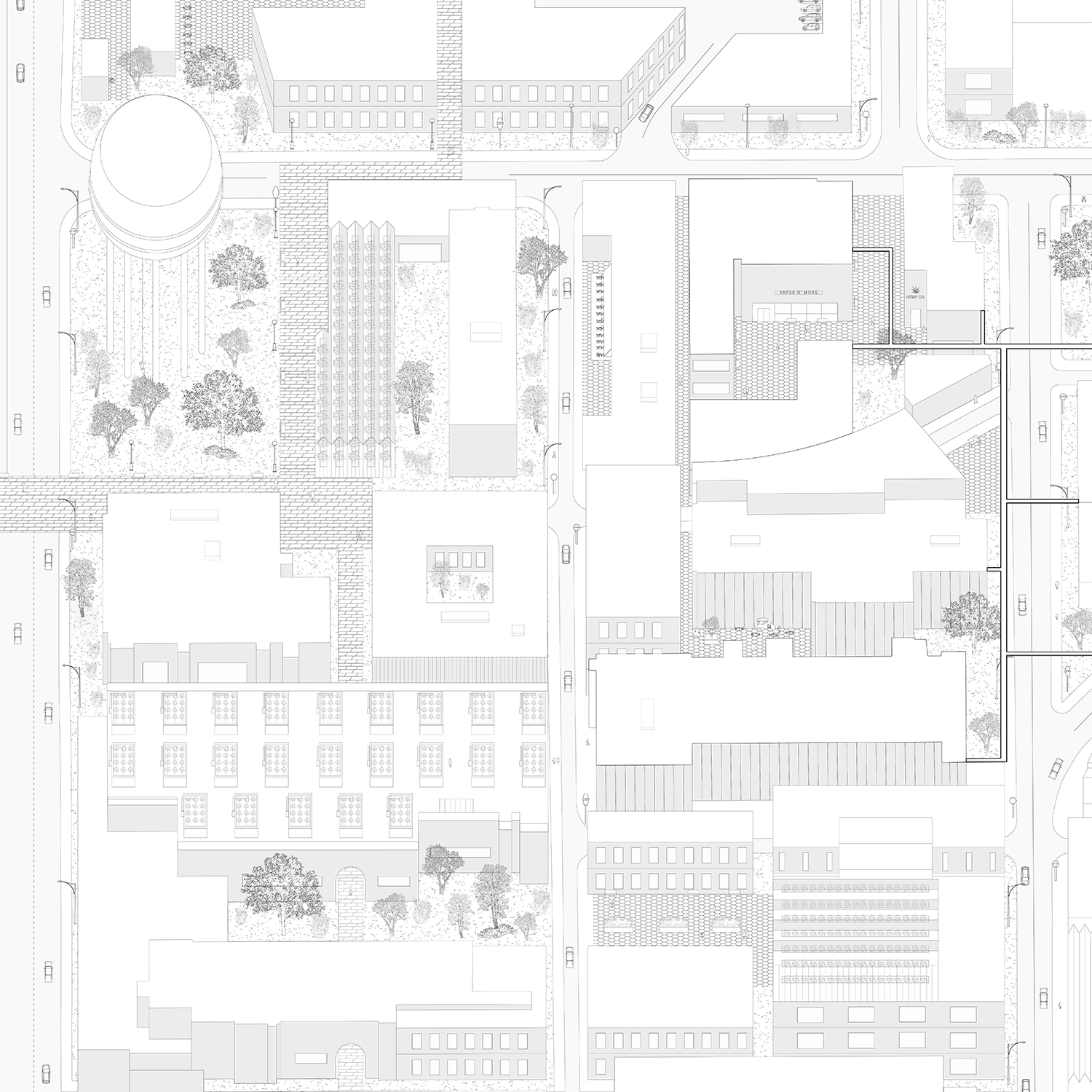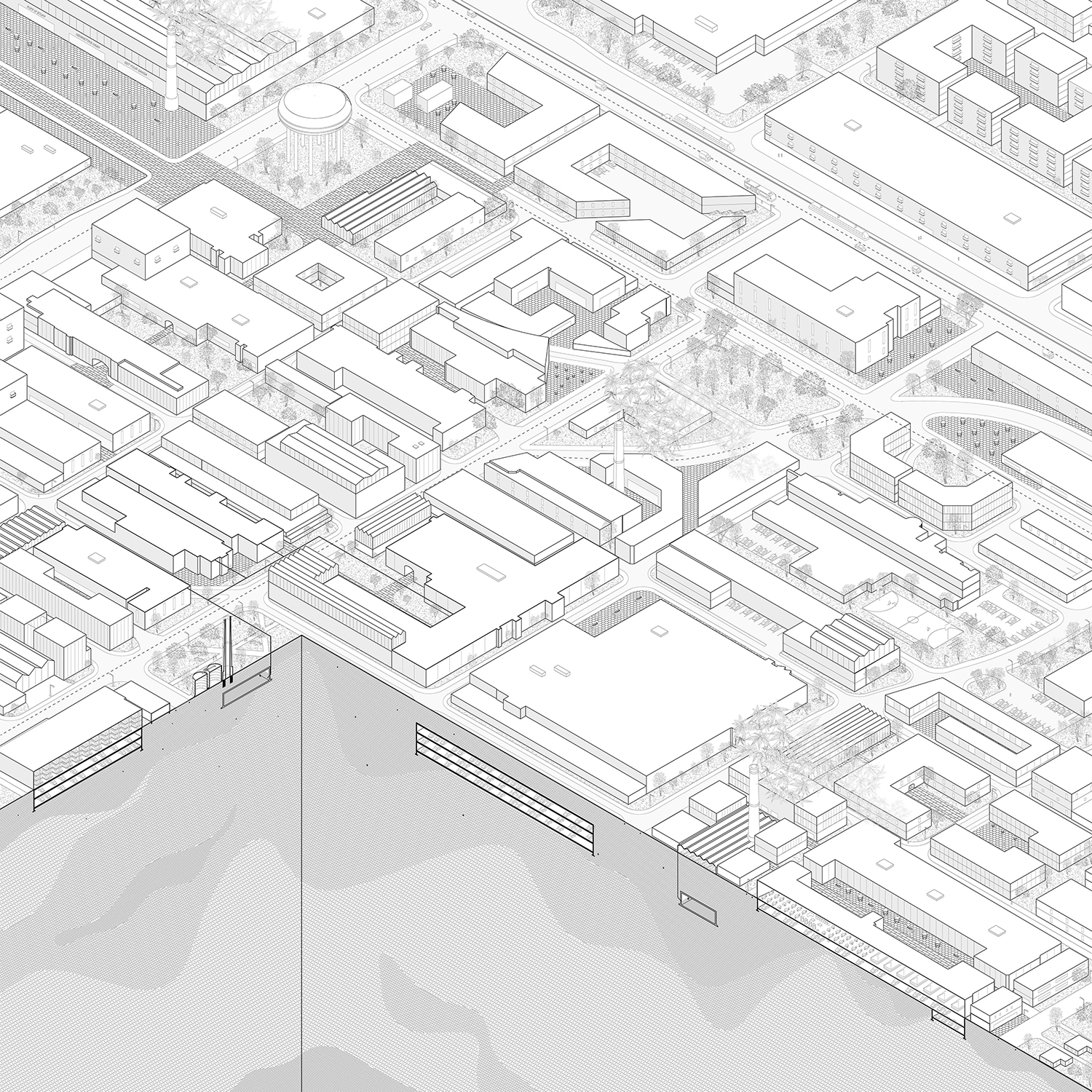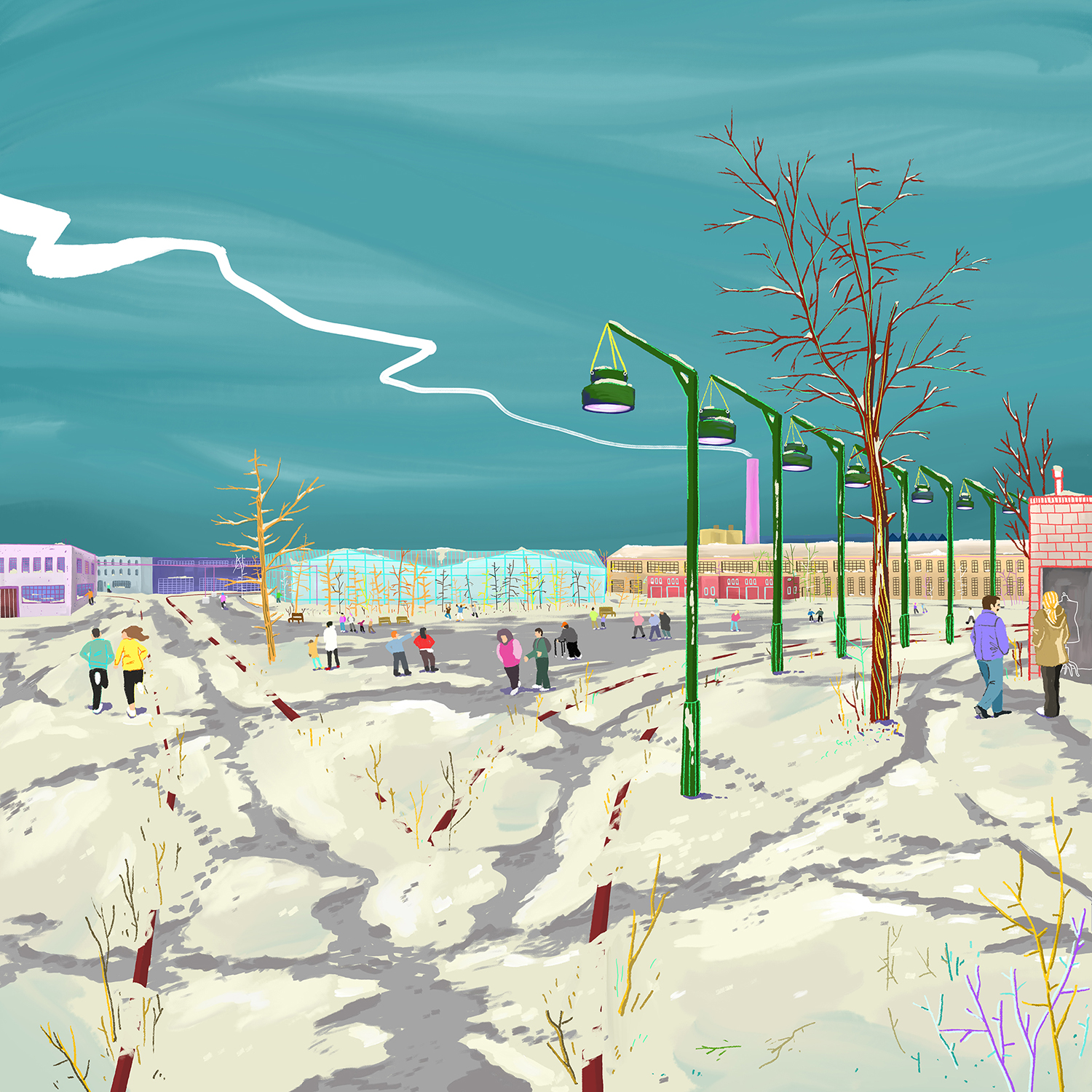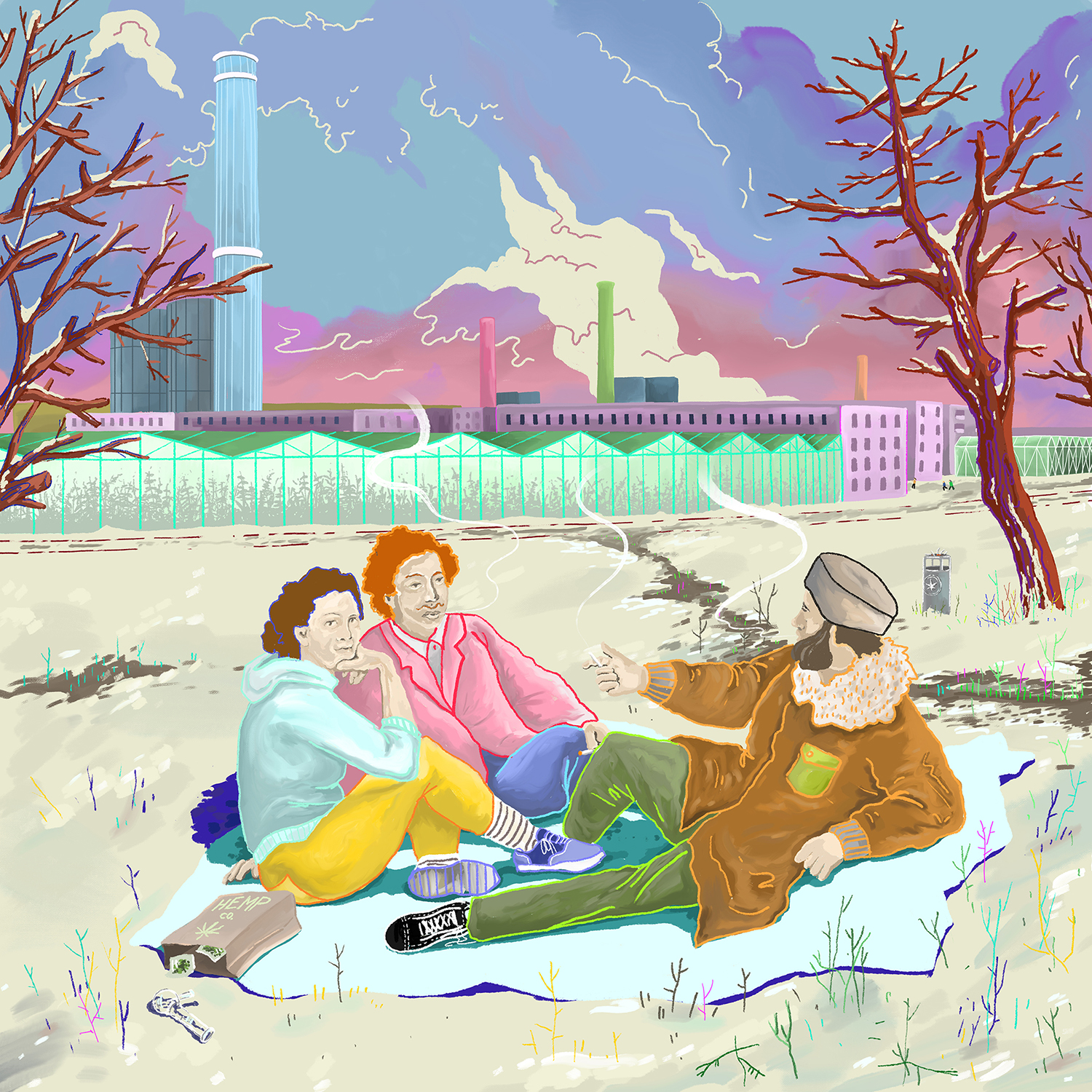Superstudio - URD1011, ARC2013, LAN2013
Superstudio engages the Daniels Faculty's architecture, landscape architecture, and urban design students in the processes of urbanization that each discipline shares, and introduces the circumstances under which urban projects are pursued as professional activities.
The multidisciplinary studio is an opportunity for our mix of architecture, landscape architecture, and urban design students to discover shared concerns, approaches and design solutions — and to model the kinds of collaborative, creative and technical processes required to successfully address the complex demands of urban projects today and into the future. Second year graduate students in architecture and landscape, and advanced, incoming urban design students, work on the same set of assignments throughout the semester.
Superstudio requires students to follow a highly staged process and use specific types of 2-D and 3-D drawings, diagrams and models — all pursued in sequence, and in rapid succession. Working at the urban scale requires approximations, and involves planning, strategic thinking, and design complexities that can never be modeled all at once, or through one form of representation. Thus, Superstudio exercises require shifts in scale, and the cross-referencing of drawings, maps, data and information that are critical to this kind of urban-scale work.
Students are introduced to an increasing array of physical planning, design, and sociopolitical complexities as the semester proceeds. Questions about how we chose to organize urban life, and related issues of density, environmental resources, land-use and formal organization are clearly elaborated on from the beginning of the course to the end.
Titled 4206ix, the above project by Clara Bitter, Elspeth Holland, Nikolas Dellic, and Roman Romanov, celebrates Canada as a world leader in the production, research, and tourism of medical and recreational Cannabis. The site, an area previously known as the “Golden Mile of Industry” in Scarborough, Toronto is transformed into an neighbourhood centred around Cannabis. The project gives life to abandoned warehouses and desolate streetscapes by introducing a form which rejects the separation of urban life and industry.
Cannabis is grown in transparent greenhouses which attach to existing buildings, occupy interstitial spaces, and engulf buildings to create production mega-structures. A network of pedestrian paths, civic areas, and greenspaces support modern life and industry by offering areas for recreational use, the heavy planting of aromatic species, and rainwater catchment basins below ground.
Bringing together a heavily stigmatized industry with areas for live, work, and play speaks to a design approach which does not overly prescribe restrictions on urban lifestyles but rather promotes democracy and freedom of expression.


